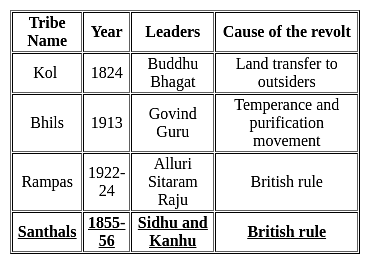MPPSC Paper 1 (GS) Mock Test - 4 - MPPSC (Madhya Pradesh) MCQ
30 Questions MCQ Test - MPPSC Paper 1 (GS) Mock Test - 4
In which of the following districts of Madhya Pradesh archaelogical site "Adamgarh" founded?
Which statement is correct regarding the Panchayat Raj system in Madhya Pradesh?
| 1 Crore+ students have signed up on EduRev. Have you? Download the App |
How many Ex-officio members are nominated by Prime Minister in NITI Aayog?
Which book depicts the plight of Indigo Cultivators?
_________ is a diagrammatic representation of a program logic.
Which of the following is the largest size of computer memory?
Bardoli Satyagraha is associated with which Indian Leader?
Who is the first Indian woman cricketer to hit a century in T20 International cricket by scoring 103 runs in 51 balls?
Bhagoria Haat Festival is celebrated by which tribal community?
Which of the following statements about Pt. Neki Ram Sharma is not true?
What type of license has Mswipe Technologies obtained from the Reserve Bank of India (RBI)?
Which district was chosen by the State Reorganization Commission for the capital of Madhya Pradesh?
Which part of the plant takes in carbon dioxide from the air for photosynthesis?
Which of the following is used to receive and send computer files over telephone lines?
Officially India's GDP or National Income (NI) also known as NNP was calculated based on what before 2015?
Which of the above is/are incorrectly matched?
1. Chandrashekhar Azad - Indian Robinhood
2. Rani Laxmi - Manu
3. Raja Bhoj - Scholar King
4. Tantya Bhil - QuickSilver
Which of the following statements is true about the Eurasian otter?


















